http://chriskresser.com/
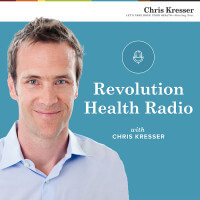
In this episode we discuss:
- The dangers of a sedentary lifestyle
- The problems of modern-day fitness
- Movement as medicine
- Darryl Edwards’s new book: Animal Moves
- You don’t have to be in a gym to lift something heavy
- Play is vital to human wellness
Show notes:
[smart_track_player url=”http://traffic.libsyn.com/thehealthyskeptic/RHR_-_How_to_Move_Like_an_Animal_to_Get_You_Leaner_Fitter_Stronger_and_Healthier_for_Life_with_Darryl_Edwards.mp3″ title=”How to Move Like an Animal to Get You Leaner, Fitter, Stronger and Healthier for Life, with Darryl Edwards” artist=”Chris Kresser” ]
Chris Kresser: Darryl Edwards, my man, good to see you.
Darryl Edwards: How are you doing, Chris? How’s things?
Chris Kresser: Things are well. It’s good to see you that one time a year that I usually get to see you at Paleo f(x) last year.
Darryl Edwards: Yes.
Chris Kresser: It’s usually either Paleo f(x) or I happen to be in London doing some things.
Darryl Edwards: Yes, that’s true. Paleo f(x) is definitely one of the highlights of my calendar for sure, so it’s a pleasure to see you, Chris.
Chris Kresser: Yes. And usually I see you running from one room to the next or outside crawling around on the ground with people on top of you or vice versa or something like that, which is cool because that’s what primal play is all about, right?
Darryl Edwards: That’s right. It’s about having fun with movement. I’m definitely not spending much time relaxing whilst the Paleo f(x).
Darryl Edwards teaches us, “If we move like animals, we’ll become more human.” Learn how to incorporate animal moves into your daily life to get leaner, fitter, stronger, and healthier for life.
Chris Kresser: Yes. I don’t see you sitting in chairs very often there and watching talks and stuff. You’re busy helping people learn how to move in a more effective way.
Darryl Edwards: That’s for sure.
The dangers of a sedentary lifestyle
Chris Kresser: And that’s what I’m excited to talk to you about today because this, I think we see eye to eye on this, there are a couple of big problems with the modern approach to movement. One is the biggest problem, which is just there’s not enough of it. Just being completely sedentary is the biggest problem, where people are just sitting. I think in the U.S. the stats are six and a half hours a day on average, so of course that’s an average, so we know that a lot of people are sitting a lot more than not, like, 10 to 12 hours a day. Someone rides in the car to work, they commute for an hour, they’re sitting on a chair at their desk for eight hours. They sit on the way home in the car. They have some dinner and they go on the couch, watch a couple hours of TV. I mean, that’s 12 hours easily right there.
Darryl Edwards: Yes, for sure. I mean, yes, we definitely have an epidemic of sedentary lifestyles. And so I spend a lot of my time trying to educate people about the dangers of that and speak about that and provide the research and the evidence based around that, but also, there were times where there’s enough talking about this. We all kind of know instinctively that we feel better when we move. There are significant benefits to our physiology when we move and we are also adverse to movement. We were designed to conserve calories. If we are going to be choosing to burn calories to expend energy, then oftentimes it needs to be fun. Otherwise we choose not to do it. It’s easier to sit on the couch watching Netflix.
Chris Kresser: Yes.
Darryl Edwards: Oftentimes, and thinking, you know what, I’m going to get my training game on and head outside—
Chris Kresser: I’m going to go on the StairMaster for a while.
Darryl Edwards: Yes, and watch Netflix.
Chris Kresser: Yes. That leads us to the second problem, and I want to come back to that evolutionary mechanism because I think that’s really actually important for people to understand. They often feel like there’s something wrong with them if they’re not motivated to go run on the treadmill for an hour. But that’s a biologically hardwired mechanism as you said, to conserve energy, because we never had a problem of not moving enough in the natural world. It was more like the risk was expending too much energy and then becoming a target for a predator because you couldn’t run away because you were too tired.
Darryl Edwards: Yes, exactly.
Chris Kresser: We don’t have that problem now. I think it relieves a lot of guilt, shame, and blame when people understand that, and it opens up the possibility of, “Hey, look, let’s try to find some ways of moving that are more fun and more likely for you to actually want to do it.” But the other big problem we have, and I know you talk about this a lot, is okay, let’s say someone is not totally sedentary. They’re following the government-issued recommendations on activities that they’re dutifully going to the gym three to five days a week and they’re on that StairMaster for 30 minutes and then they’re lifting some weights. That’s great. I mean that’s certainly a big improvement over not moving at all. But what’s the problem with that approach?
Darryl Edwards: Yes. Well, I think, I mean, we always seem to sit back and look through an evolutionary lens, through a biological lens, through an ancestral lens, and when doing so, you’ll recognize very quickly that exercise is a substitute. It’s a proxy for the physical activity we used to get for survival. What we used to have to do day to day just to survive meant there was a requirement for movement of all types of persuasions, so very low-intensity kind of puttering around through to high-intensity, very strong, powerful movements, lots of different moving patterns. Whether it be crawling, running, jumping, climbing, looking at different vantage points, a successful kill you’re going to bring the hunt back so you’re going to have carry it for several miles, usually in order to get back to the camp to then prepare the food for everyone to share. I think there were two things wrong, or that we could get more right, about conventional fitness. One is we try to use a reductionist approach to movement and fitness. We say, “You know what, as long as I’m moving, there’s a benefit. It doesn’t really matter what I do. So if I’m just doing aerobic activity, that’s a tick in the box. If I just go to the gym and lift weights, isn’t that good enough?” Actually no, we need a more holistic approach to movement and we need to consider that as humans. We are kind of a jack of all trades and a master of none when it comes to movement. We are pretty average at best when we compare ourselves to other members of the animal kingdom. We can’t balance on one leg a flamingo right? We can’t climb trees as well as monkeys. We can’t sprint like a cheetah. I was looking at Usain Bolt’s top speed—camels can outrun Usain Bolt.
Chris Kresser: Yes, and the cheetah is like zero to 60. It’s ridiculous. It’s like three or four seconds or something. Even the fastest cars on the road would struggle.
Darryl Edwards: Yes, would struggle to keep up. And evolution—nature has given them that advantage in order to be successful, and even for a cheetah they’re not that successful when it comes to hunting. Even though they can outsprint an antelope, they are still relatively unsuccessful, and I think something like four out of five hunts of a cheetah aren’t successful.
Chris Kresser: They don’t have a lot of endurance either.
Darryl Edwards: Exactly. They burn out within a few seconds. They can only maintain top speed for about four or five seconds, and if the antelope gets away, the weakest, slowest antelope, if they get away, the cheetah’s got to hope that he has enough energy to go back and hunt again.
The problems of modern-day fitness
Darryl Edwards: Humans, on the other hand, even though we are not very adept at specializing in movement, we are very good at being a generalist of movement. That’s one of the problems of modern-day fitness is that we try to focus on only what we enjoy and only what we feel that we are good at. I’m a great runner. I’m great at endurance, so I’ll focus on running, maybe get on a bike, maybe do some swimming. I want to become a triathlete, and to get better at that, to get fitter at that, I need to go longer distances, more volume, and that’s what I’ll do to the detriment of other components of fitness. I believe if you put fitness onto an evolutionary landscape, then you’ll start picking out all of these different moving patterns that we need. You won’t sacrifice one area of specialism for all the others. In other words, you focus on your balance, your coordination, your agility, your strength, your speed, your stamina, and your ability to interact with the environment, which is also important, and you won’t be overly relying on one piece of equipment or your gym. You’ll recognize that the world around you could become your gym.
The second problem, I would say, is that exercise has become a chore. It’s often seen as punishment for what you ate the night before. As a way to get … “I’m going to go to the beach. I have a two-week vacation in six months. I want to get myself in shape so I look great with a T-shirt off.” That seems to be the motivation, very short term, based on aesthetics or maybe making money for a charity event—“I’m going to run a 10k”—and so we don’t have a great love affair with exercise. We have lots of short-term love affairs. Like New Year’s Day. “That’s it. I’m dedicating myself, my whole life to movement.” Give it two or three weeks, and we ditch.
Chris Kresser: Yes. Fewer than 8 percent of people are still doing their New Year’s resolutions six months later, from the statistics thrown around about that.
Darryl Edwards: Yes, for sure, and I can understand why, again. We shouldn’t beat ourselves up about this. I don’t want to say we’re designed to be lazy, but we’re designed to conserve energy because evolutionarily, we didn’t know where our next meal was coming from. You wouldn’t just recreationally decide, “Hey, let’s just go for a jog.” “Let’s just go running around just because we can.” Recreational activities would come off to the success of a successful hunt, a great meal, now we can go and have a dance.
Chris Kresser: Now we have surplus calories to burn.
Darryl Edwards: To burn, yes, exactly.
Chris Kresser: And that’s, by the same token of course, that’s the problem with food. We’re conditioned to seek out highly rewarding and palatable foods because we didn’t know where our next meal was coming from. If we had really calorie-dense foods available, we are going to eat as much of that stuff as we can. There are hunter–gatherer groups like the Aché in Paraguay who have been observed eating up to a liter of honey at one time when they find a source or a beehive, and they’ll climb 150 feet up in trees where they could fall and die just to get this honey, and they’ll risk being stung by hundreds of bees in order to do this. I mean, that’s the environment we grew up in, not the one where you can walk down to a 7-Eleven and get an unlimited amount of calories any time you want. Those mechanisms promoted survival in the natural world, but they’re really, in some way, working against us in this modern world.
Darryl Edwards: Yes, for sure. The 21st century, we’re bombarded with convenience, so most of our ancestral heritage was based on inconvenience. It’s difficult to locate food, which meant we were nomadic. We didn’t just stay in one location because if we did, we’d be depleting food resources, so we were fantastic in our ability for locomotion via walking significant distances to ensure there was always access to food, and then somebody had the bright idea that maybe raising animals and planting seeds in agriculture was advantageous, but it meant there was less requirement to move on that basis because we don’t need to hunt. We can … “Oh my gosh, we can just harvest once a year,” so a few times a year we can get access to food and we can raise animals, and so we’ve gone from a significant amount of movement requirements from day to day, and that’s gradually been trickled down to now in the 21st century where you mentioned walking to the 7-Eleven, I mean, we know now 24/7 you can click a button on your mouse and get food delivered.
Chris Kresser: Yes. You don’t even need to walk to the 7-Eleven. [crosstalk]
Darryl Edwards: Exactly, and we’ve got smart fridges now with internet access, but I mean, I can imagine a day where you’ll wish, “Oh, I would love to eat X-Y-Z, and it will just probably appear.”
Chris Kresser: Your personal AI assistant will just know that you’re ready for a snack, and it’ll pop up right there.
Darryl Edwards: Yeah, exactly. Your ghrelin level is activated. Here you go.
[crosstalk]
Movement as medicine
Chris Kresser: I’m curious. I want to talk about another, I think, benefit of your approach. You call it “animal moves,” which I think is really appropriate because we often forget that we’re animals. I mean, we certainly are different from most other animals in a lot of important ways, but we’re also similar, and I think that our modern existence, one of the consequences of that is people tend to have a very limited experience of their animal body. It might be limited just sitting for a long time, standing, and then maybe repetitive movements like jogging or StairMaster. They don’t really have the full, rich experience of the dynamism and fullness of the human form and everything that it’s capable of. I think that’s to some extent responsible for kind of a lot of stuff like a disconnection from the sexual and sensual self and the way that gets played out in addiction to pornography and all this stuff, is just not really a full, rich experience of being human. Can you talk a little bit about that?
Darryl Edwards: Yes. That’s a fantastic point. I cover a lot of research on my website around movement as medicine and why movement is so important to our physiology. So, we know, for example, that there’s interesting research about the gut microbiome, for example. Those who have a high VO2 max in a control population, so looking at rugby players, so control for diet, control for other lifestyle mechanisms, those who are actually fitter based on peak VO2 max, your ability to process oxygen for energy, have 25 percent increased volume and diversity of beneficial gut bacteria. Even something that’s fairly decoupled, you could argue, movement and the gut microbiome, what’s the connection? There is a connection.
Chris Kresser: Yes, absolutely.
Darryl Edwards: And every single cell in the body benefits from movement. Muscle contraction, for example, muscle that has been identified as the new endocrine organ, based on the latest research on myokines, so the muscle cytokines communicate with organs like the pancreas, the liver, the heart and promote healing, which you use in chronic inflammation, so there are inflammatory benefits of pursuing the right type of movement practice. We’re starting to understand now why movement is not only good for prevention of chronic lifestyle disease, so we know the research tells us that it … which we see the likelihood of cancer, type 2 diabetes risk, improves your likelihood of surviving from a cardiovascular risk event, for example, but we now understand the underlying mechanisms as to why that happens. We’ve become quite arrogant in some respects, not acknowledging ourselves as animals and when we are looking after animals … so zookeepers, again in their misplaced arrogance, decided at one point, “You know what, I don’t believe our animals are healthy eating meat. Let’s feed them a vegetarian diet because sure, that’s going to be far more healthy for the animals.” And of course what happens is that the lions lose their libido, they start to get depressed, they start getting sick, and they decide, “Oh, there’s something else wrong.” What’s happened in the environment, actually, guys, is the fact that you’re not feeding them what they were designed to eat. It’s exactly the same with movements. If you own a dog and you decide, “You know what, it’s not safe outside. I don’t want my dog to encounter the elements. It’s far too cold. Let’s just sit here and let’s watch TV together, pet.” We know what’s going to happen. That dog becomes depressed. It affects their mood. It affects their body, they’ll gain weight, they’ll become miserable, they’ll die prematurely. That’s what will happen. We know that we are not responsible as pet owners if we don’t take our dogs out for a walk, but we are also not responsible for our own health. If we are not taking ourselves out for walks if we’re not also … and we know even with dogs, dogs don’t just want to walk. They want to sprint, they want to chase, they want to catch, they want to explore their environment. They want to climb. There are so many moving patterns they want to engage in, and so we should take a leaf out of observation of other animals, which is why I wrote Animal Moves. It’s one small part of the entire primal play method of if we move like animals, we’ll actually become more human.
Chris Kresser: Yes, makes perfect sense.
[crosstalk]
Darryl Edwards: What we’re capable of, yes, for sure.
Chris Kresser: There’s the benefit of being able to experience our sort of full range of movement, and as human beings, there are medical and health benefits which … I mean, look, if you look at the research on just about any condition, exercise is really at the top of the list, let’s say, movement in general is at the top of the list in terms of the most effective interventions in cognitive decline and preventing dementia and Alzheimer’s. Just meeting the recommended guidelines for movement can reduce the risk in some cases by up to 50 percent, which is just insane.
Darryl Edwards: Which is incredible.
Chris Kresser: If there is a drug that they came out tomorrow and they’re like, hey, we got this new drug that reduces Alzheimer’s risk by 50 percent, that would be a multibillion-dollar product within minutes of being reviewed. Everyone would be clamoring for it, and yet you can get that benefit and many more just by moving your body.
Darryl Edwards: By moving your body. Yes. Physical activity is more important, I would argue, than exercise, but—
Chris Kresser: Yes, absolutely.
Darryl Edwards: But really we’re in an environment which means we are forced to be sedentary far more often. We need exercise in the 21st century because it’s a supplement. It’s a supplement for the lack of physical activity that we get living as 21st-century Homo sapiens. We need better ways and prescriptions for movement today, which includes this package, this kind of smorgasbord of different movement patterns, which will mean we achieve the health benefits without having to be outside all day moving because with office space, we’re working from home, some of us can’t escape having to commute in a car for a couple of hours every day there and back, sit at a desk, and we can’t have a standing desk. We’ve got to find mechanisms that would enable us to maintain really good health through movement, making better decisions about movement, as we do with food. We plan to make healthier food decisions because we are aware of the health benefits, and we need to be just as articulate about and educated about our movement decisions. Trust me, I struggle sometimes. Some days I get up and I’m like, “I would just love to just lie in bed all day. Why not? Wouldn’t that be fantastic?” And every now and again get some grapes fed to me and get a massage and feel really pampered, but whenever I do spend a lot of time being sedentary, I feel worse afterwards. I feel fatigued. I’m like, I feel muscle soreness, I’m like, how can I be sore when I haven’t actually done any movements? The body starts to decay very, very slowly when you stop moving. And so because I’ve had experience now of, one, being very sedentary, so my former career I was a computer programmer 16 to 18 hours a day every day of the week in front of a series of computer screens, didn’t move. I mean, if I move my head, that would be a problem. I was like, I’ve got to keep looking at the screens. Coming out of that to then becoming more physically active, going back to any form of sedentarism, I’m even more sensitive to being sedentary. And so many of us aren’t aware of we’ve got to remove ourselves from our sedentary lifestyle, and then we can become more in tune with what our body needs when it comes to movements.
Darryl Edwards’s new book: Animal Moves
Chris Kresser: It’s so important. I want to dive into some of the specifics of your program now. Your new book, Animal Moves, just came out, I think, in mid-April, right?
Darryl Edwards: That’s right, yes.
Chris Kresser: And it’s available. I’ve got it pulled up here on Amazon.com in the US, so it’s available here on Kindle and paperback, also in the UK, iBooks.
Darryl Edwards: All good stores and all bad stores, Chris.
Chris Kresser: All good and bad stores everywhere. Great. I know from the book you’ve got a 28-day program for beginners, intermediate, and advanced that brings these different animal movements together to help people kind of get a sense of what this type of movement could do for them, and if any of you have been to Paleo f(x) and you have seen Darryl or you met Darryl elsewhere, you know how dynamic and fun this type of movement can be and how different it is from the typical gym workout. It tells a little bit more about what happens in these programs.
You don’t have to be in a gym to lift something heavy
Darryl Edwards: Yes, I suppose when I started out, I really went hardcore into what could I do to improve my fitness, and I joined a gym and I got into the performance aspects of this, into the sport of fitness. And I was very ultra-competitive in my day job, and I took that into the gym environment. What happened was, I was highly self-motivated, so whenever I was winning, whenever I was doing better at my workout, when I could measure the results of my workout, I felt great. But if I was losing, if I wasn’t top of the leaderboard, if I didn’t see any progress, I hated what I was doing. It was very results-oriented. I didn’t enjoy the process. I wasn’t in the moment. I wasn’t enjoying the moment. I was only enjoying the end result, and so I couldn’t maintain that for the long haul. It was another one of those, “Hey, this is great for the first year or two when I’m really enthusiastic, but now I don’t feel the same motivations to leave home, to go to the gym and to do that particular workout of the day.”
Play was my … the first kind of, like, “Eureka!” moment for me, like, hold on a second. There was a time in my life where I really enjoyed movements, and exercise didn’t figure in that. And that was when I was outside playing in the summer holidays with my friends all day. I didn’t complain about muscle soreness the next day. We didn’t do stuff that we didn’t enjoy. It was like, “This game is a waste of time. Let’s play something else.” That’s how it was, structured play. I recognize that as adults we need a form of structure because that’s what we really like as adults, but we need to have some of the freedom that comes around from exploring movement, and play is a great vehicle in doing so. I now know that that is a way to keep me in love with movements unto the end of my days. That’s how primal play came about. It was getting these primal, natural, instinctive movement patterns that we should be engaging in and having that synergy play theory and saying, “Hey, this could work.” I can make movement really effective but have fun at the same time. And so anyone who has taken part in my sessions, who has done my programs online, or has read my books will see that I intersperse play and playful activities throughout, using your imagination, using visualization. Why crawl like a bear, for example? I can crawl like a bear or I can pretend that I’m an environment where the bear is. I can pretend that I’m being stalked. I could pretend that I’m a predator. I can become more childlike in my approach to movement, and then it becomes far more enjoyable. We didn’t stay in static. It becomes more invigorating and joyful.
That was really the reason why I created this book is, one, to say, “Guys, we need to be moving in all these different ways,” but if it just appears like just another hardcore fitness program, people will buy the book and go “Hmmm. …” It’ll be a shelf-help book. It stays on the shelf. I may look at it next New Year’s Day. I wanted to hopefully encourage people to realize, just become more inquisitive about yourself and your environment. If you go out for a run tomorrow, don’t just take a straight line. Use the environment around you. Look at a tree—if you have the permission to climb it, climb it. If you don’t have the permission to climb it, still climb it. If you see a bench, interact with the bench. Use that as your gym equipment. If you see some rocks or logs, pick those up. You don’t have to be in a gym to lift something heavy. If you see somebody you like, I’m sure I probably picked you up once or twice, Chris.
Chris Kresser: Yes, sure you have.
Darryl Edwards: Yes, pick up somebody you like. You can have a handshake or you can come up …
[crosstalk]
Chris Kresser: In other words, act like a six-year-old.
Darryl Edwards: Exactly.
Chris Kresser: I have a six-year-old, and as you were talking about that, I was, like, “Oh yeah, that’s just Sylvie,” my daughter. She jumps on a trampoline outside and she comes inside and asks me to turn the jumper up for her and then she goes and picks something up, and then she runs down the street to her friend’s house and they start skipping. It’s really notable to me that we didn’t have to be taught this as kids. I mean, we unlearned how to do this. This is natural in our genes, but we really unlearn it over time because in many ways the environment sort of conditioned it out of us.
Darryl Edwards: Yes, exactly. Unfortunately, it’s not just the environment; it includes other human beings. When we were kids, most parents, I would argue, would say, “Get out of the house, amuse yourselves, go out and play.” Nowadays, a lot of parents would say amuse yourself within eyesight on a smart device. Do not go outside to play. I want to see what you’re up to. I want to supervise you at all times, and so kids are missing out on the opportunity to play and to explore their environments and to learn of risk assessments and to socially interact on how to improve their social and emotional intelligence by interacting with other children, different peer groups. All the challenges that we had as children, which we try to avoid them all and create this really sanitized environment, becomes more detrimental, actually, for our children than beneficial. I’m sure you’re aware of some really interesting research by Stuart Brown, who wrote a book called Play, and his observations were that kids who were play deprived, who were deprived of active play, are more likely to unfortunately become serial killers, are more likely to …
[crosstalk]
Chris Kresser: End up on death row.
Darryl Edwards: And end up on death row, for sure. It sounds quite alarmist in order to say that, but we know children who are play deprived are more likely to have autism, for example, more likely to have ADHD. There’s lots of great research in that area, but it’s kind of common sense. Kids have this nervous energy. They want to fidget. They want to move, and we constrain them oftentimes as adults, as their guardians, as their supervisors, as their teachers. We have legislation now which will state, “Oh, you can’t use a jump rope because you might fall over and cut your knee,” and “You can’t climb a tree because it’s dangerous.”
Chris Kresser: You might sue the school.
Darryl Edwards: Exactly, and there is interesting research, again, three times as many kids, this is both in the US and UK, three times as many kids are admitted to ER, the emergency room, or accidents and emergency, as we say here in the UK, falling out of a bed than falling out of a tree, and that’s taken place in the last generation. Those are the official stats by the National Vital Statistics and the CDC and a similar body here in the UK tracking this, and it is appalling.
Play is vital to human wellness
Chris Kresser: It’s appalling, and you’re so right. Stuart Brown, I had actually a whole chapter in my book on play, my first book, The Paleo Cure, and how play is … what we’re saying, is really as vital to human wellness and function as a proper diet and getting enough sleep, managing your stress and physical activity. We’re biologically hardwired for it, and part of that is what you said. It’s where we learn to actually negotiate ourselves in space, how we relate to other objects in space and other people. It’s how we learn things like balance and coordination. It’s where we try out certain strategies for getting our needs met—“Oh, this one works, this one doesn’t.” We kind of experienced the ebb and flow between cooperation and competitiveness and how that works, and it’s not just kids, actually. He talks a lot about how that continues to play a role for adults as we get older, as long as we allow it to.
Darryl Edwards: Yes, as long as you allow it to.
Chris Kresser: That adults play who play are healthier as well, not just kids. Something I love about your approach is it really incorporates that and recognizes the importance of that. For me, I’m a lifelong surfer, and surfing, it satisfies so many different needs. It’s the funnest thing. I have the most fun doing that than anything else. I’m outside, I’m getting sun exposure, I’m in nature, the ocean, I’m moving my body and really engaging all the different parts of my body to move. There’s a meditative aspect to it when you’re sitting there and you’re just waiting in between sets. It’s a time where my head can go clear. If I could do that every day, that’s it … [crosstalk] … anything else. Unfortunately, I can’t because of my other obligations and where I live, so for me it’s kind of like on the days when I can’t surf, how can I try to recreate all of those different things in my daily routine.
Darryl Edwards: And you know what, I’ve come to the conclusion that play is as an adult, sometimes we state that play is an activity rather than as kind of a state. In some respect, it doesn’t really matter what you’re doing. You can take that play ethos and intersperse that with your work, with your interaction with other people, and it took me, being a formerly very serious guy, I’m a reformed serious individual who’s now very much trying to—
Chris Kresser: Pick people up and carries them for a while.
Darryl Edwards: I’m on this playful path now, and I recognize that play can also be very, very serious. It isn’t just about “having fun.” Sometimes when your daughter’s playing, you’re not going to see any obvious signs of joy in her face. You’re going to see concentration and focus and trying to, as you say, to work out, to navigate, make decisions, to become more creative. And so, as an adult … Einstein once said that play is the highest form of research, so in some respects play is a superset of work. Work confines us, constricts us, puts us in a box. Play allows us to explore and experience things that there’s no way we would be able to miss when we’re in that kind of playful state. I would say and I would suggest that yes, it’s great to be able to say, “You know what? Surfing is my form of meditation, my form of fun and playing. I wish I could do that all the time.” But some of those things, because you’ve experienced that, you know some of those things you can bring into your daily practice.
Chris Kresser: You absolutely do. It’s a two-way relationship there.
Darryl Edwards: Yes, exactly. I really struggled with that because you kind of said to yourself, “No, I’m an adult. I’ve got to behave like adults do, and I’ve got to push childish behavior to one side.” Again, we confuse childish with childlike, so being a child and actually having an innocence about the world around you is a beautiful thing. Do you remember when you were a kid and you’d wake up every single day and go, “Oh, my goodness. This whole world is amazing. This environment is amazing. My friends are amazing. I just love everything and everyone and every experience.” And then you start getting bogged down with growing up and responsibility becoming more and more serious. There are times when I want to feel that again. I want to be nostalgic about that. I want to get up in the morning and go, “Isn’t it just fantastic to be alive? Isn’t that wonderful?” And now I feel that I’m in a much better place because I kind of re-experienced this again without being like a brat. I can take the childlike aspects, which are really rewarding and really helpful and really beneficial, and I can cast aside the elements of me that were very childish, that I would not want to repeat now as an adult.
Chris Kresser: Absolutely. Well Darryl, this has been so much fun, a fantastic conversation. I love your work. The book is Animal Moves: How to Move Like an Animal to Get You Leaner, Fitter, Stronger and Healthier for Life. It’s on everywhere—Amazon, Amazon UK, iBooks, bookstores, you name it. And then Darryl also has a really cool online program. I love books. I write books. I’ve read tons of books. Sometimes watching videos, especially with movement, can be really helpful, and I know Darryl has some fantastic courses online at primalplay.com, including a 30-day animal moves challenge, which I know is very popular. Thanks for doing this work and spreading this important message, Darryl, and I look forward to seeing you probably at the next Paleo f(x).
Darryl Edwards: Yes. It’s been a pleasure, Chris. We really enjoyed the conversation, and thanks very much for being such a great host.
Chris Kresser: My pleasure. Go and get the book, folks. It’s fantastic, and we’ll talk to you next time. Send in your questions to chriskresser.com/podcastquestion. See you next time.
Darryl Edwards: Take care, guys.
The post RHR: How to Move Like an Animal to Get You Leaner, Fitter, Stronger and Healthier for Life, with Darryl Edwards appeared first on Chris Kresser.









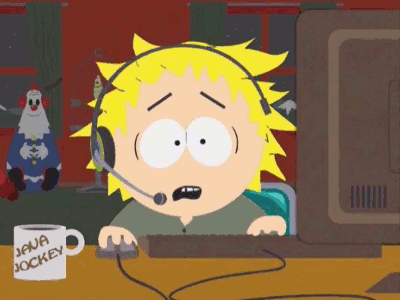
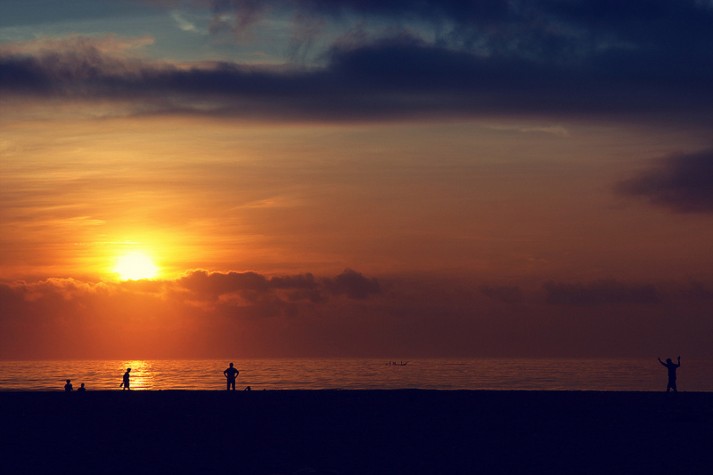
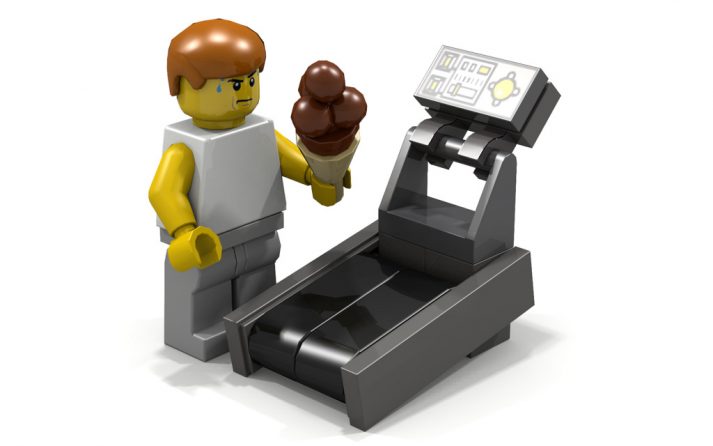
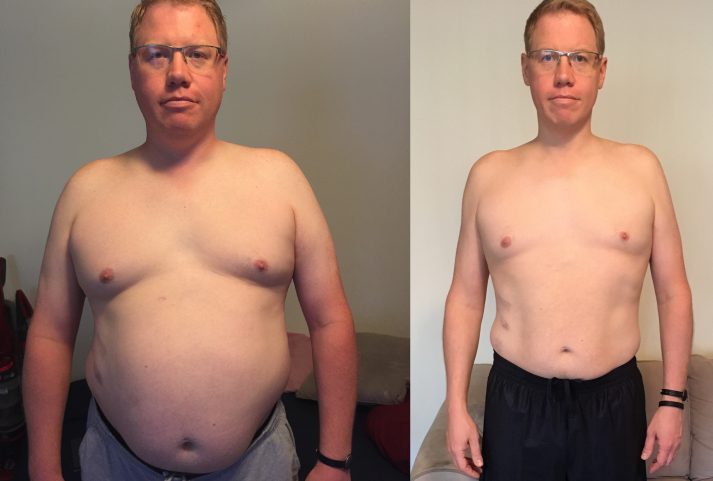
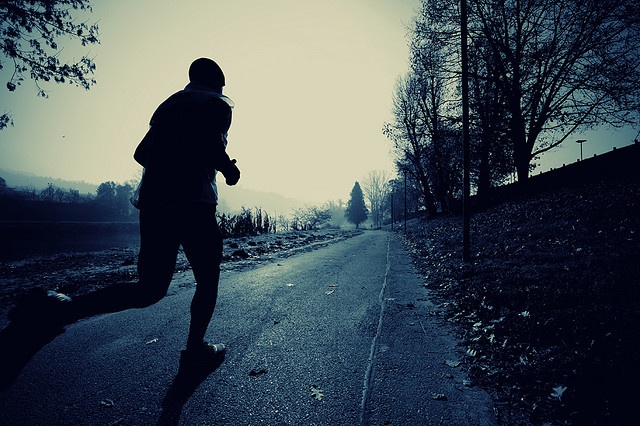
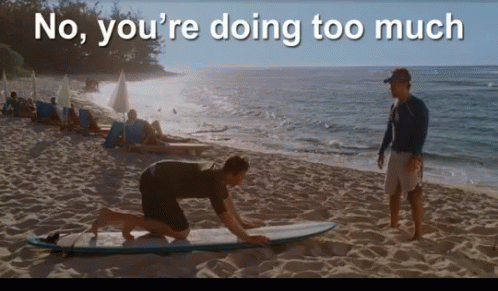
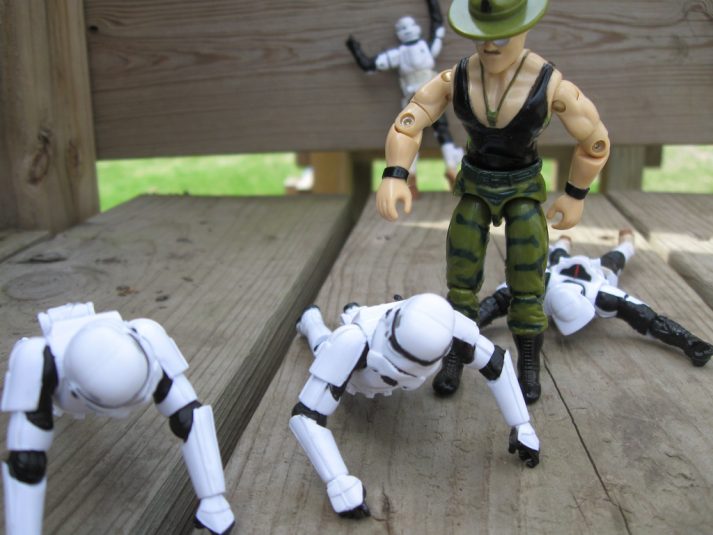
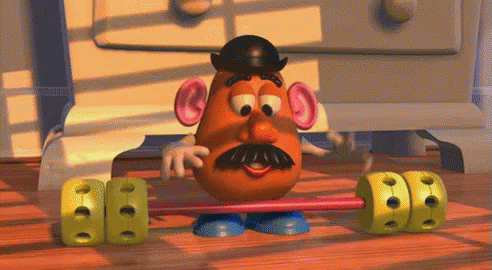
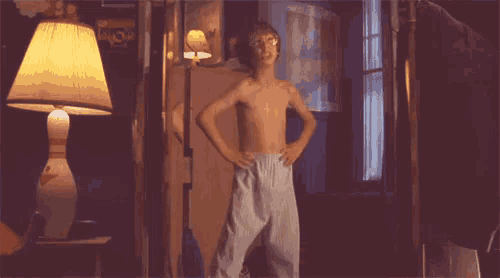
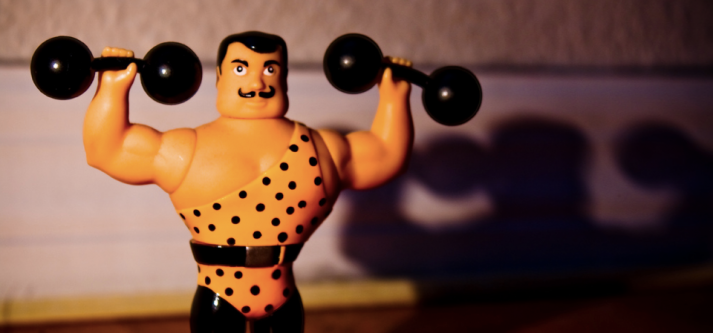
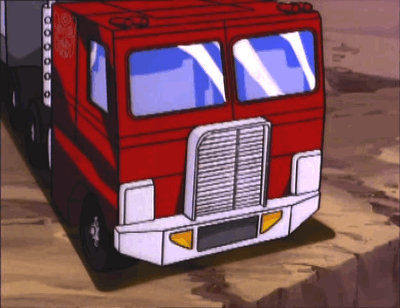
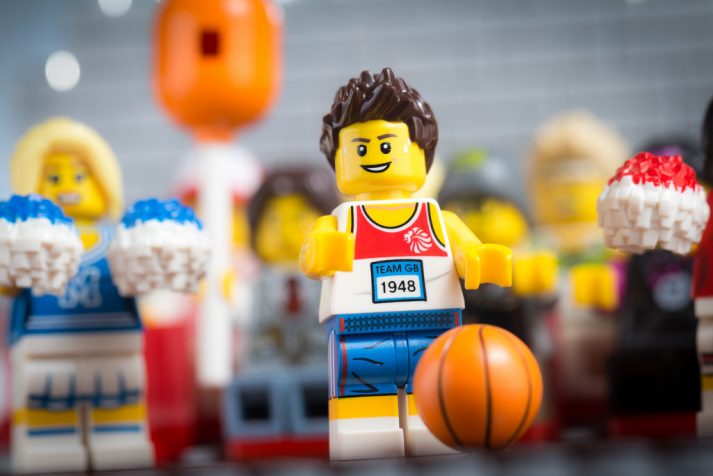
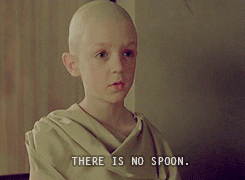
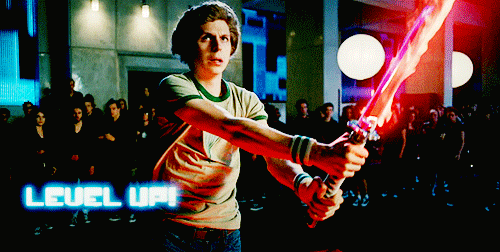

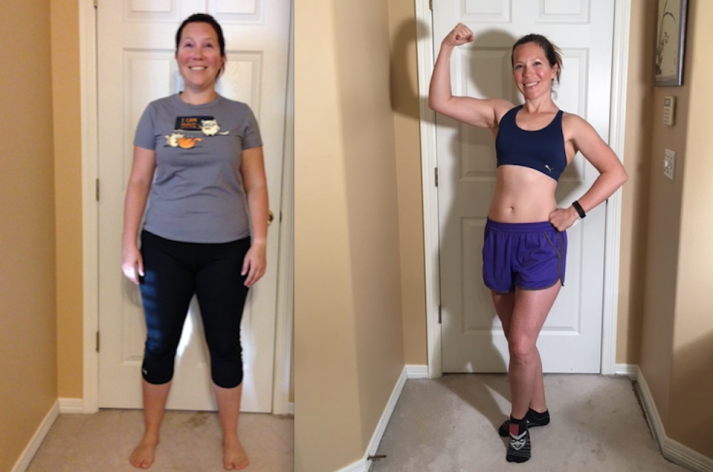
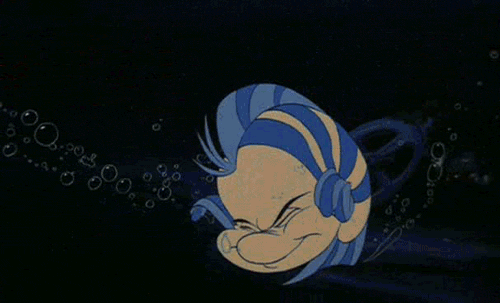
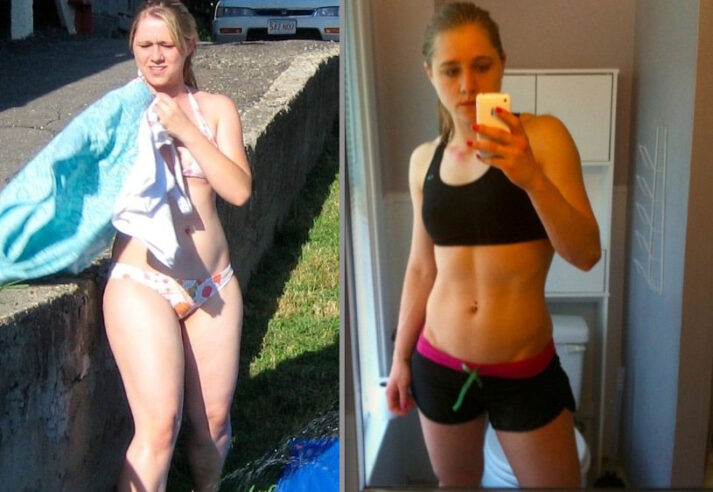
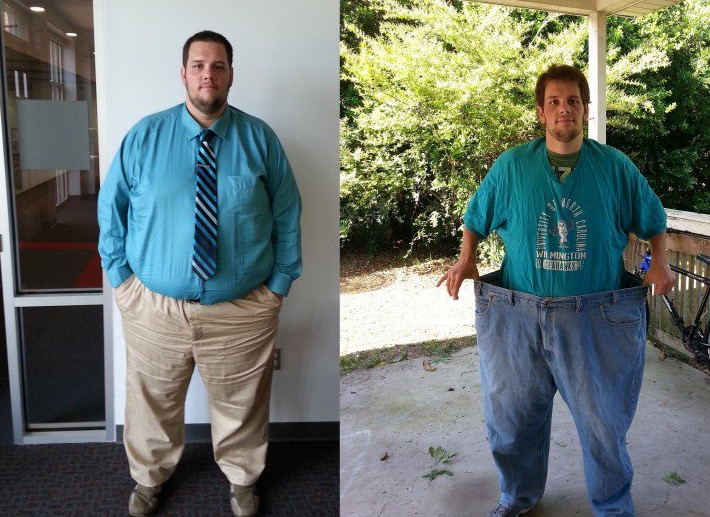
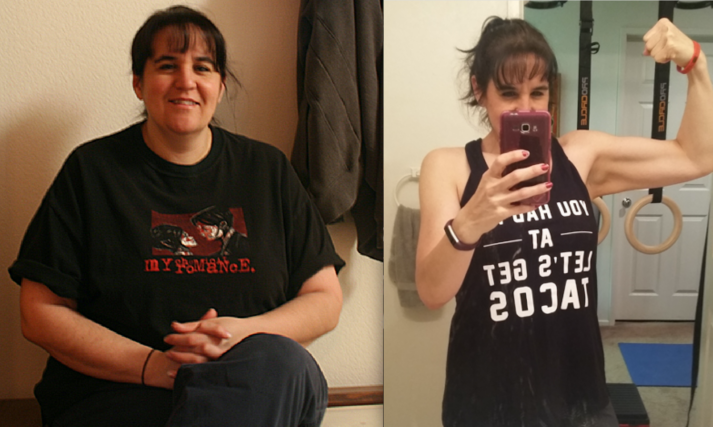
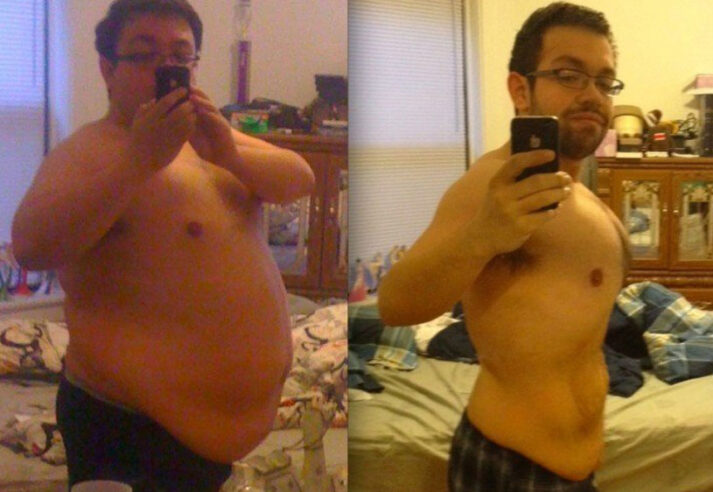
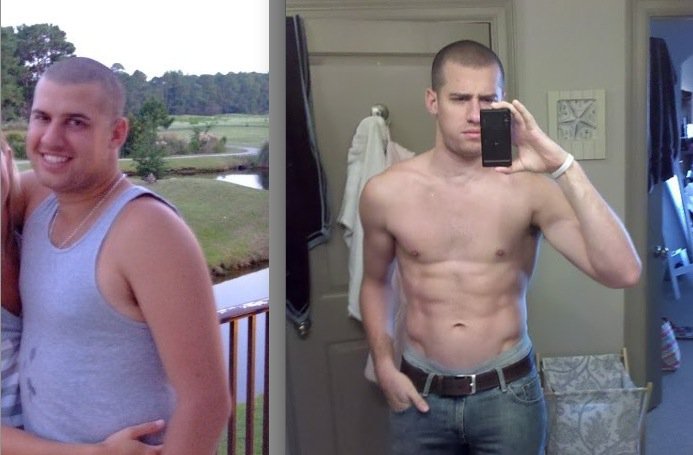
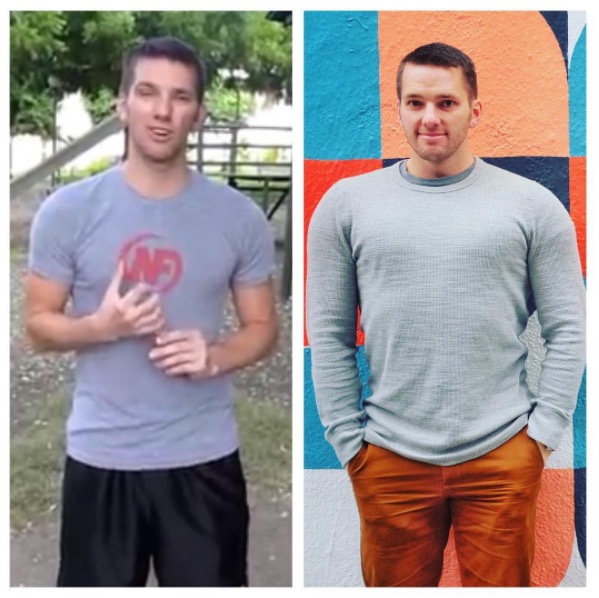
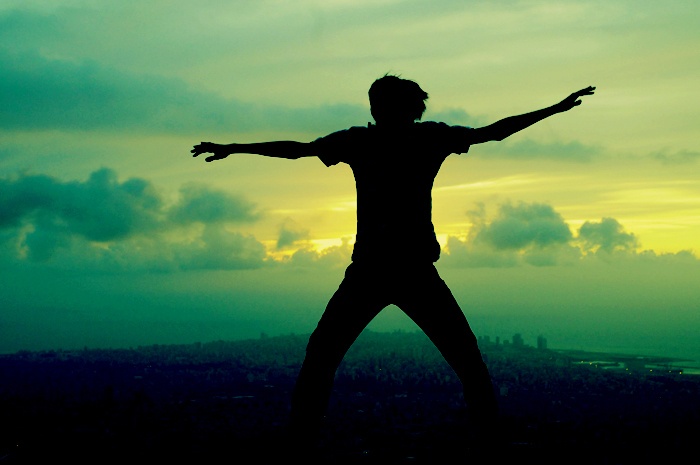
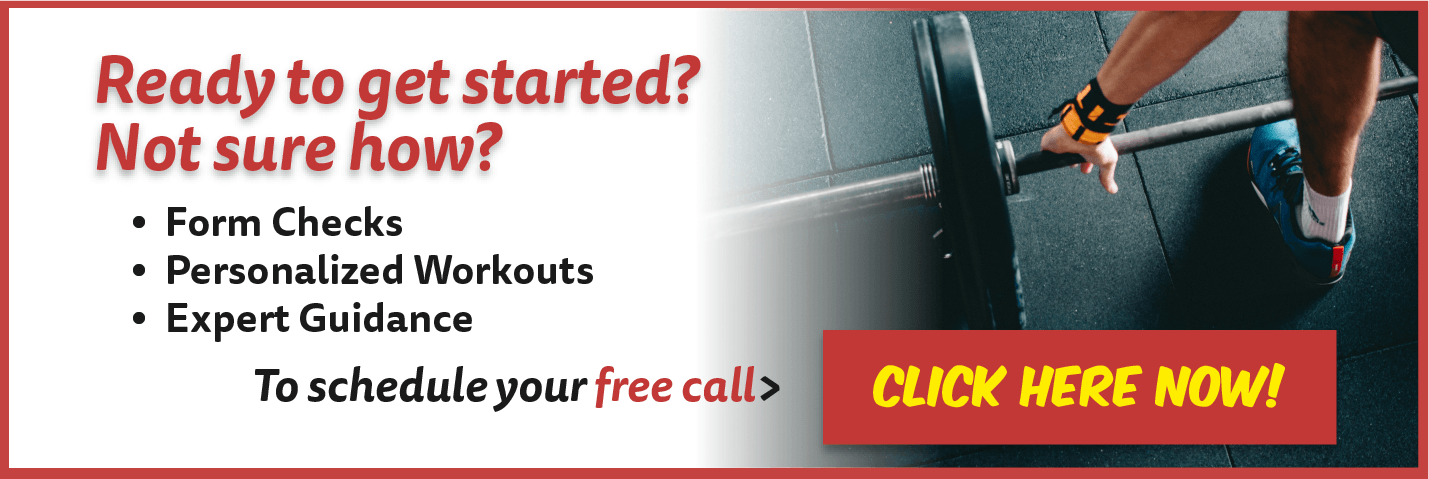






 For now classes are 6pm and 640pm at 2840 Wildwood st in the Boise Cloggers studio.
Book your class NOW!
click this ==>
For now classes are 6pm and 640pm at 2840 Wildwood st in the Boise Cloggers studio.
Book your class NOW!
click this ==>








